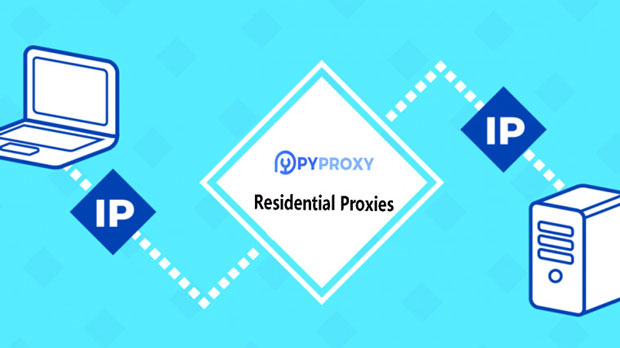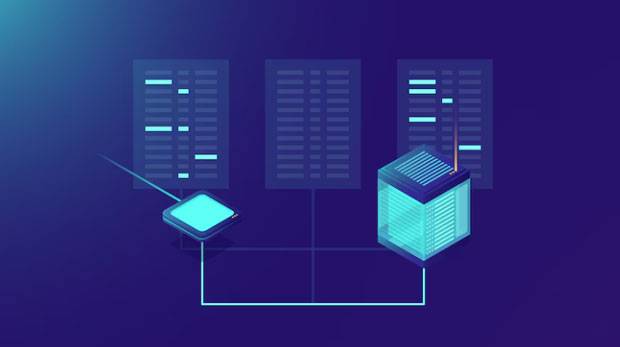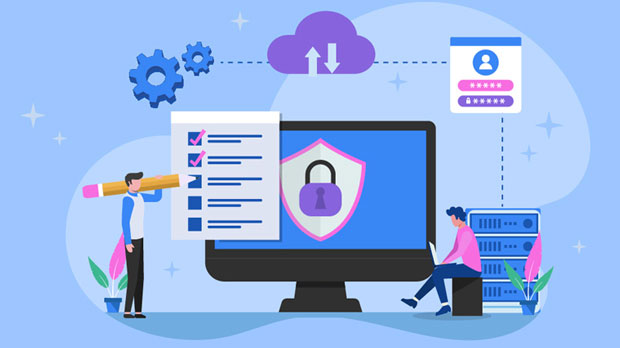In the ever-evolving world of online privacy and data security, residential proxies have emerged as essential tools for both businesses and individuals looking to safeguard their online activities. Among the key players in this space, PYPROXY and Pirate Proxies stand out for their focus on providing high-quality residential proxies. This article delves into a detailed comparison of the pricing and cost-effectiveness of both services, helping users make an informed choice about which service best suits their needs. Through this analysis, we will explore the features, pricing structures, and value each service offers, allowing customers to determine the most efficient option for their specific requirements. Understanding Residential ProxiesBefore diving into the specifics of PyProxy and Pirate Proxies, it is important to understand what residential proxies are and why they matter. A residential proxy acts as a gateway between the user and the internet, masking the user's real IP address with an IP address assigned by an Internet Service Provider (ISP). These proxies are commonly used for a variety of applications, including web scraping, bypassing geo-restrictions, maintaining anonymity online, and testing websites from different locations.The advantages of residential proxies lie in their ability to mimic the behavior of regular users, making them less detectable than traditional data center proxies. For businesses, this means greater success in accessing restricted websites, while for individuals, it ensures a safer and more private online experience.PyProxy: Features and Pricing OverviewPyProxy is known for its wide range of residential proxy services that cater to various user needs, from small businesses to large enterprises. The service boasts a robust network of residential IPs, ensuring reliable and high-speed connections.Key Features of PyProxy:- Global Coverage: PyProxy offers proxies from a vast array of locations worldwide, providing users with flexibility in accessing content from different regions.- High Anonymity: These proxies are designed to maintain a high level of anonymity, which is essential for users looking to protect their identity while surfing the web.- High Speed and Reliability: Users benefit from fast and reliable connections, essential for businesses engaging in large-scale data scraping or media consumption.- Scalable Plans: PyProxy offers scalable pricing plans, catering to users with different bandwidth needs, whether they are individuals or businesses requiring large amounts of data transfer.Pricing Structure of PyProxy:The pricing for PyProxy is structured based on the amount of bandwidth or the number of IPs required. For example:- Basic Plan: Typically priced at a low entry point, this plan is suitable for individuals or small businesses needing limited access.- Premium Plan: Designed for more intensive usage, this plan offers better speed, more IP addresses, and higher bandwidth.- Enterprise Plan: Targeted at larger organizations, this plan offers maximum performance, extensive global coverage, and dedicated customer support.Cost-Effectiveness of PyProxy:PyProxy offers good value for money due to its wide range of features and global coverage. While the pricing may be on the higher side compared to some competitors, the quality of service, including speed and anonymity, justifies the cost for those requiring reliable proxies.Pirate Proxies: Features and Pricing OverviewPirate Proxies, on the other hand, focuses on delivering affordable residential proxies for users who prioritize low-cost options without sacrificing quality. While it may not offer the same extensive features as PyProxy, Pirate Proxies can still be an excellent choice for users with modest needs.Key Features of Pirate Proxies:- Affordable Pricing: Pirate Proxies is best known for its budget-friendly pricing, making it an attractive option for users who need proxies on a smaller budget.- Decent Coverage: While Pirate Proxies doesn’t offer the same global reach as PyProxy, it still provides proxies in a range of regions, suitable for general browsing and light scraping tasks.- Reliable Connections: Though the service might not match the top-tier speed of PyProxy, Pirate Proxies still delivers decent performance for standard online activities.- Flexible Plans: Pirate Proxies provides multiple pricing tiers to accommodate different usage levels, allowing users to choose according to their needs.Pricing Structure of Pirate Proxies:Pirate Proxies is significantly more affordable than PyProxy. Pricing tiers are typically based on the number of proxies or the total bandwidth required, with a clear focus on catering to those with limited budgets.- Entry-Level Plan: For small-scale usage, such as light browsing or occasional scraping, this plan is quite affordable.- Mid-Tier Plan: Designed for more frequent usage, this plan offers a reasonable balance between cost and performance.- Pro Plan: While still more affordable than higher-end competitors, the Pro Plan offers more bandwidth and enhanced speed for medium to large users.Cost-Effectiveness of Pirate Proxies:Pirate Proxies excels in affordability, making it a great option for users who do not require a large number of IPs or exceptional speeds. However, the trade-off is that the quality of service, including speed and global coverage, is not as high as what PyProxy offers. For users on a tight budget who require basic residential proxy services, Pirate Proxies offers excellent value.PyProxy vs Pirate Proxies: A Direct ComparisonNow that we have covered the basic features and pricing of both services, it’s time to directly compare PyProxy and Pirate Proxies based on key factors such as cost-effectiveness, performance, and scalability.1. Pricing:- PyProxy: Generally higher-priced but offers better quality and service, including faster speeds and more global coverage. It’s an ideal choice for businesses and power users.- Pirate Proxies: Budget-friendly, making it suitable for users with minimal requirements. However, users may experience slower speeds and fewer available regions compared to PyProxy.2. Speed and Reliability:- PyProxy: Offers faster and more reliable connections, making it better for tasks that require high bandwidth or quick responses, such as data scraping and media streaming.- Pirate Proxies: While still reliable, it may lag behind PyProxy in terms of speed, especially when handling large volumes of data.3. Global Coverage:- PyProxy: Provides extensive coverage across multiple regions, making it ideal for businesses that need proxies from various locations.- Pirate Proxies: Has decent coverage but is limited in comparison to PyProxy’s global reach.4. Customer Support:- PyProxy: Known for providing top-tier customer support, particularly for enterprise-level clients who need dedicated assistance.- Pirate Proxies: Offers standard customer service but may not provide the same level of assistance as PyProxy.Which Proxy Service is Right for You?Choosing between PyProxy and Pirate Proxies depends largely on your specific needs and budget. If you’re a small business or individual with modest proxy requirements and are seeking affordable options, Pirate Proxies may be the best fit. However, if you’re running a larger operation that demands higher speeds, better reliability, and broader global coverage, PyProxy would likely offer greater value in the long run.In conclusion, both services provide distinct advantages. PyProxy excels in performance and scalability, while Pirate Proxies stands out for its cost-effectiveness. By carefully evaluating your needs, you can select the proxy service that best meets your requirements.
Oct 21, 2025



































































